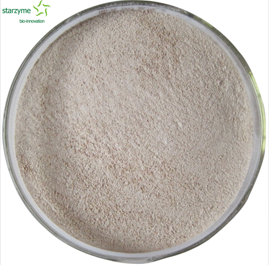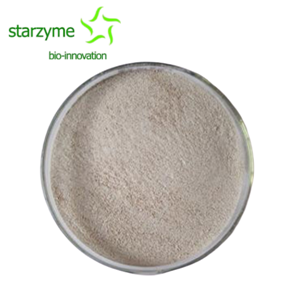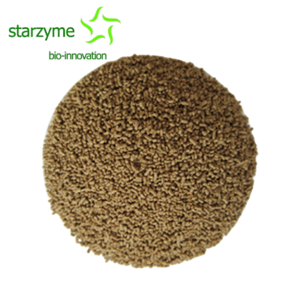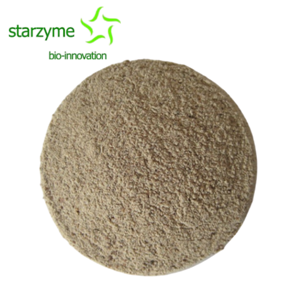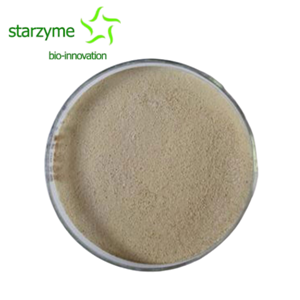Mixing Ratio of Bacillus subtilis and Bacillus licheniformis
Introduction
Bacillus subtilis and Bacillus licheniformis are common microbial preparations with wide application value. Bacillus subtilis can produce various antibacterial substances and has inhibitory effects on pathogenic microorganisms; Bacillus licheniformis can decompose organic matter, improve the environment, and promote intestinal health in animals. Therefore, mixing these two types of fungi reasonably can fully leverage their advantages and improve the effectiveness of prevention and control.
Recommended Mixing Ratio
Based on years of experience and practice, the recommended mixing ratio for Bacillus subtilis and Bacillus licheniformis is 1:1 or 1:2. The selection of this ratio is mainly based on the growth characteristics and mechanisms of action of two types of fungi. At this ratio, the two fungi can promote each other's growth, exert the best synergistic effect, and thus improve the application effect.
Usage Methods in Different Application Scenarios
1. Water quality maintenance: In aquaculture, Bacillus subtilis and Bacillus licheniformis can be mixed in the recommended ratio and added to the water in a certain amount. This helps maintain clean water quality and promote the healthy growth of aquatic organisms.
2. Feed additives: Adding a mixture of Bacillus subtilis and Bacillus licheniformis to feed can improve the gut microbiota structure of animals, increase feed conversion rate, and enhance animal immunity. The specific amount of addition needs to be adjusted according to the type of feed and animal species.
Importance of Mixing Proportion
A reasonable mixing ratio is crucial for unleashing the synergistic effect of Bacillus subtilis and Bacillus licheniformis. Excessive or insufficient proportion may affect the application effect. Therefore, in practical applications, the appropriate mixing ratio should be selected according to specific needs and scenarios to achieve the best results.
Conclusion
In summary, the mixing ratio of Bacillus subtilis and Bacillus licheniformis is an issue that needs attention. By reasonable proportion matching, the advantages of these two microbial preparations can be fully utilized, the application effect can be improved, and strong support can be provided for environmental protection and animal health.

